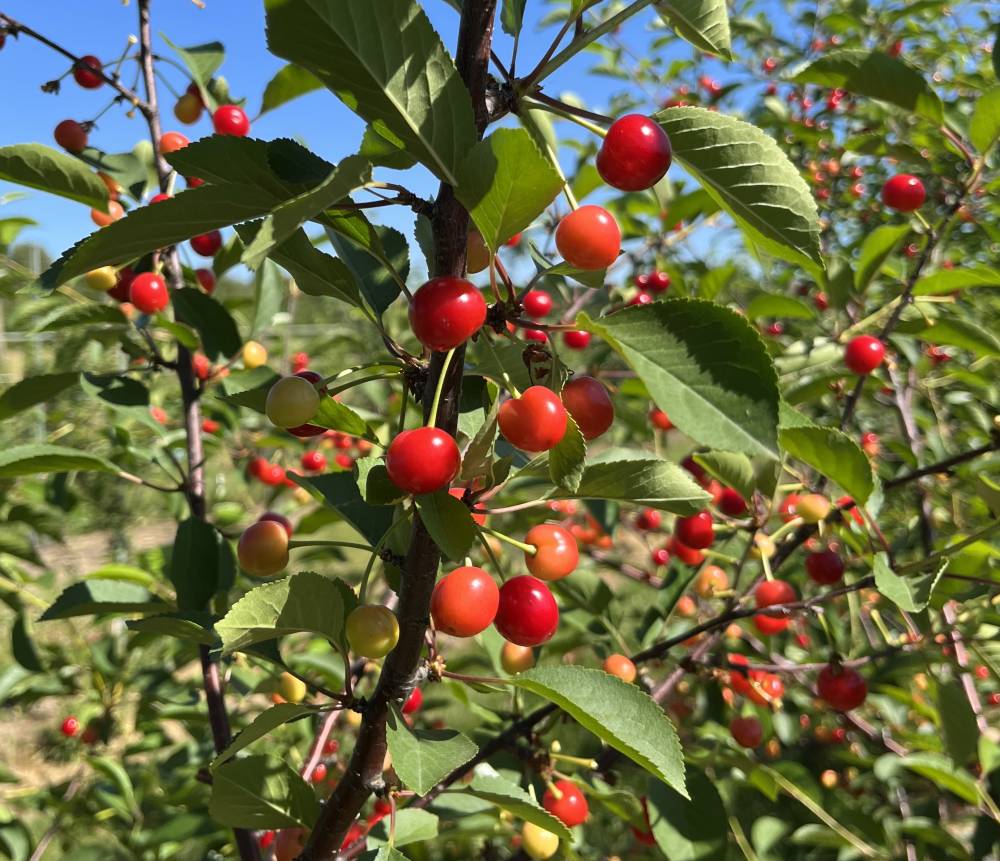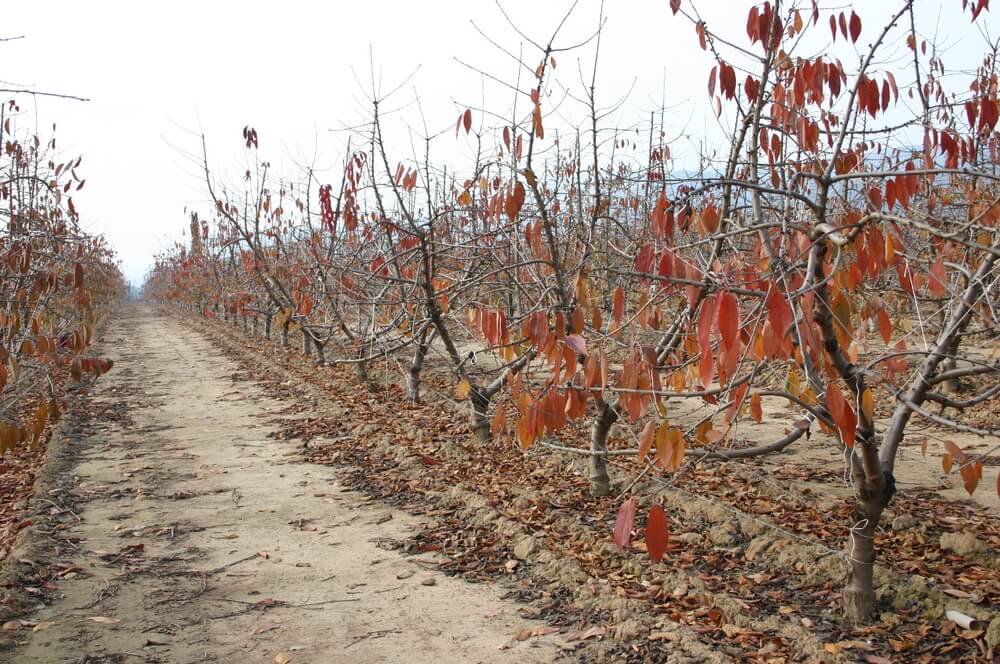Researchers at Michigan State University conducted a study to identify the genes associated with tart cherry trees that bloom later in the season, aiming to address the challenges posed by climate change. Initially, they compared the DNA sequences of late-blooming tart cherry trees with those of peaches, a related species. However, they discovered significant genetic differences between the two species rather than similarities. Consequently, the team created the first annotated genome of the Montmorency tart cherry and identified the DNA segments responsible for each gene.
The researchers encountered unexpected complexities in the Montmorency tart cherry genome due to its allotetraploid nature, meaning it has four sets of chromosomes from at least two different species. The tart cherry is the result of a natural cross between the ground cherry (Prunus fruticosa) and the sweet cherry (Prunus avium) that likely occurred around two million years ago.
 Montmorency cherries
Montmorency cherries
The genome sequencing provides valuable insights for researchers seeking to develop cherry trees that bloom later in the season and exhibit specific fruit traits such as color and firmness. By better understanding the genetic makeup of tart cherries, researchers can contribute to the cultivation of trees that can withstand variable spring weather and increase cherry production. The availability of the Montmorency tart cherry genome will significantly impact future research and breeding efforts worldwide in the tart cherry industry.
Read the full article
Cherry Times - All rights reserved











